I love the Lake District. It’s one of my favourite places to visit with the beauty of the mountains, hills and lakes, little villages and pretty cottages, and its association with Mrs. Helen Beatrix Heelis, more commonly known as Beatrix Potter.
I’ve worked through the exercises in The Artist’s Way several times. In week 3 there is an exercise where Julia Cameron asks you to list five people you wish you had met and five people you admire. Beatrix Potter is always on my lists.
Beatrix was born in South Kensington in 1866. She was educated by governesses and spent her holidays in Scotland and the Lake District. She is known primarily for her “little books” about Peter Rabbit and various other characters, figurines of which sit looking at me as I write. But she also had an interest in botany and mycology, painting very detailed studies of fungi and even wrote a paper on her findings about a study she did about spores. The “little books” started life as letters and she was then encouraged to publish them. Frederick Warne and Co. accepted Peter Rabbit and published the Peter Rabbit book in 1902. Beatrix was a real entrepreneur and the Peter Rabbit merchandise was something that she was involved in alongside the books. Her engagement to Norman Warne was the main part of the story told in the film “Miss Potter.” Norman Warne died before the engagement (which Beatrix’s parents objected to) could be announced. He was 37. Beatrix subsequently bought Hill Top Farm in Near Sawrey in the Lake District. She kept the tenant farmer on and learned about farming, showing and winning many local prizes for her animals, in particular Herdwick sheep. She was a supporter of the National Trust in its early days and left many of her properties and land to the Trust in her will. She also left Hill Top, which was to be preserved so that visitors could find it as though she were still there but had just gone out! Beatrix married local Hawkshead solicitor, Mr. William Heelis in 1913 when she was 47. They were married for thirty years until Beatrix’s death in December 1943.

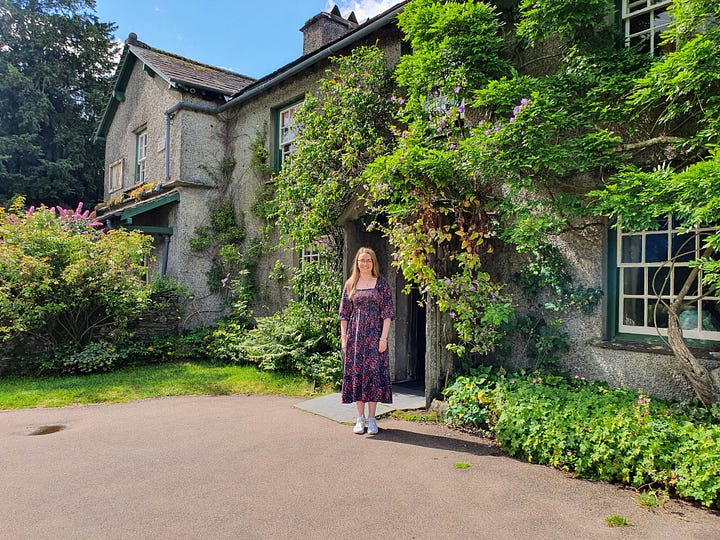

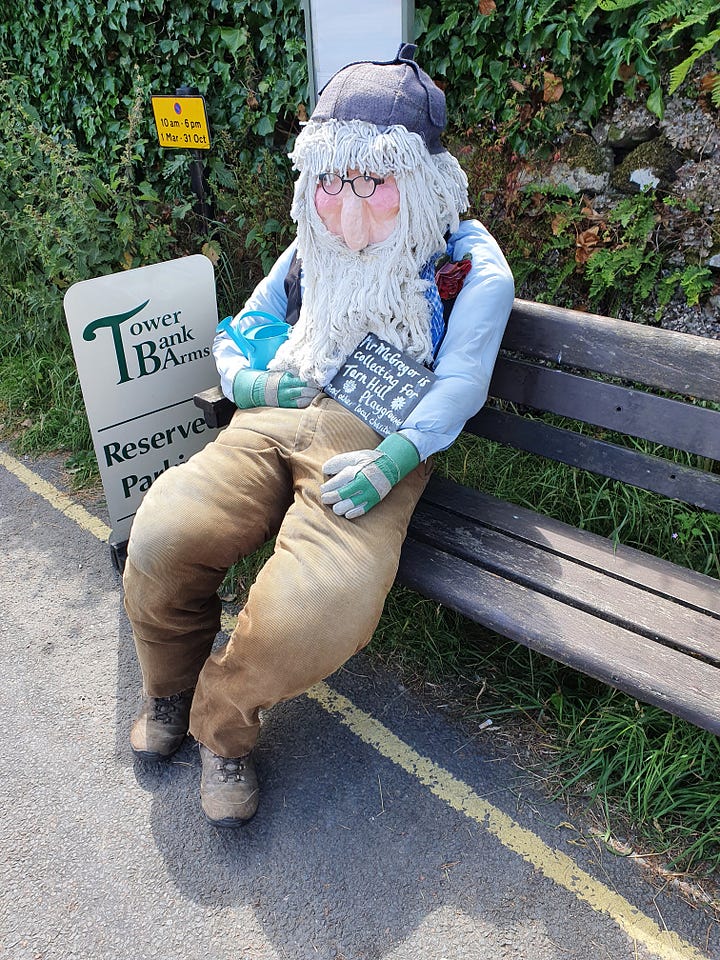
What inspires me about Beatrix Potter is her gumption. She had many different barriers which could have prevented her from doing the things she did. She was restricted by the class system and her parents’ social standing. Her engagement to Norman Warne was objected to because he was “trade” and therefore unsuitable for her to marry. They also objected to her marriage to William Heelis because he was a “country solicitor!” But Beatrix was determined. She was not allowed to present her paper on fungus because she was female. But she bought a little house for herself and then began to realise that she could make a real difference with the money she had made from her books in the conservation of the Lake District. Much of the land that I visit with my family each year is there and preserved because of her.
I have a recording of the stage play, “Beatrix,” in which Dame Patricia Routledge, who is patron of The Beatrix Potter Society, delivers a monologue based on Beatrix’s journals and diaries, spanning much of her time at Hill Top. I love to listen to it at the end of the summer. I’m not sure why that time of year makes me want to hear it again but I always enjoy listening to it.
The film “Miss Potter” has some inaccuracies, not least the use of Yew Tree Farm, which was another of Beatrix’s properties, instead of Hill Top. They used Yew Tree Farm as a location because of the access and I imagine trying to move film equipment around the actual Hill Top garden would be quite challenging! But the film is lovely. My favourite part is actually the ending where Beatrix meets William Heelis and they decide to call each other William and Beatrix instead of the formal and socially acceptable Mr. Heelis and Miss Potter. I also like the friendship that is portrayed between Beatrix and Millie Warne (Norman’s sister).
Beatrix’s artwork, illustrations, her love of the Lake District and her independence are the things that make me want to read more about her life. She had a secret code for her journals which took quite some time to break! I always imagine her being quite a character, and although quiet and shy, not someone to be reckoned with! As I walk through various places in the Lake District it’s easy to imagine her walking around the same beaten paths and tracks in her old wooden clogs, not least on the path up to Moss Eccles Tarn. It is a beautiful place up the hill from Near Sawrey where she wrote about her and William spending evenings in a rowing boat on the tarn. I’m not sure I’d have liked to have walked up that path in wooden clogs though - it was bad enough in proper walking shoes!!

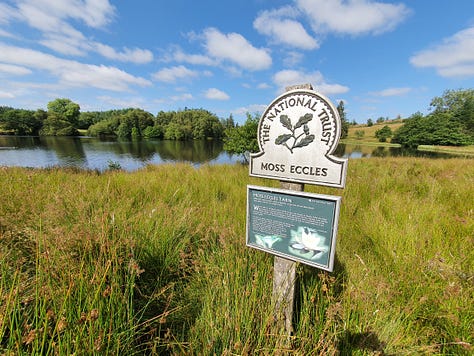
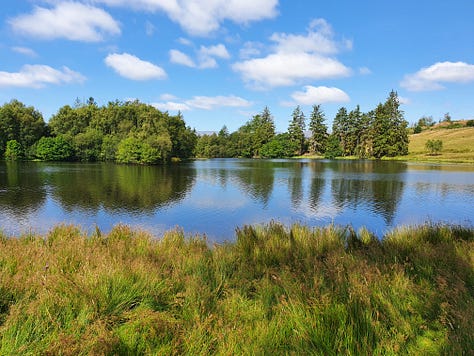
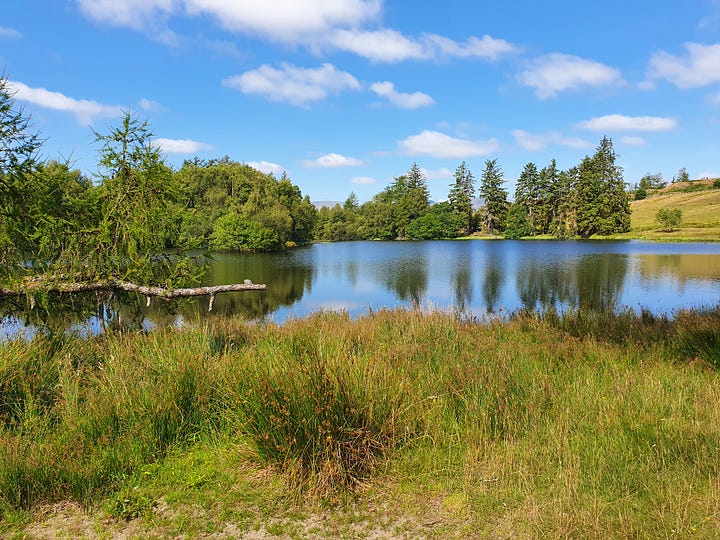
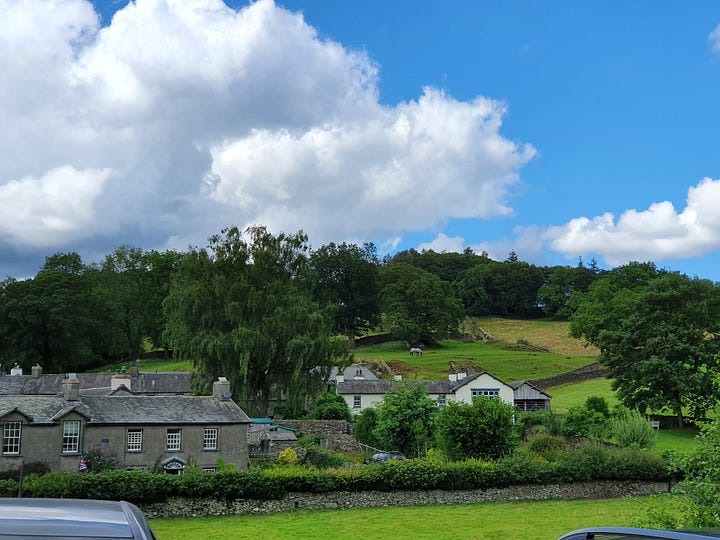
Who would make it onto your list of people you admire? Who would make it onto the list of people you wish you could have met? Let me know in the comments!




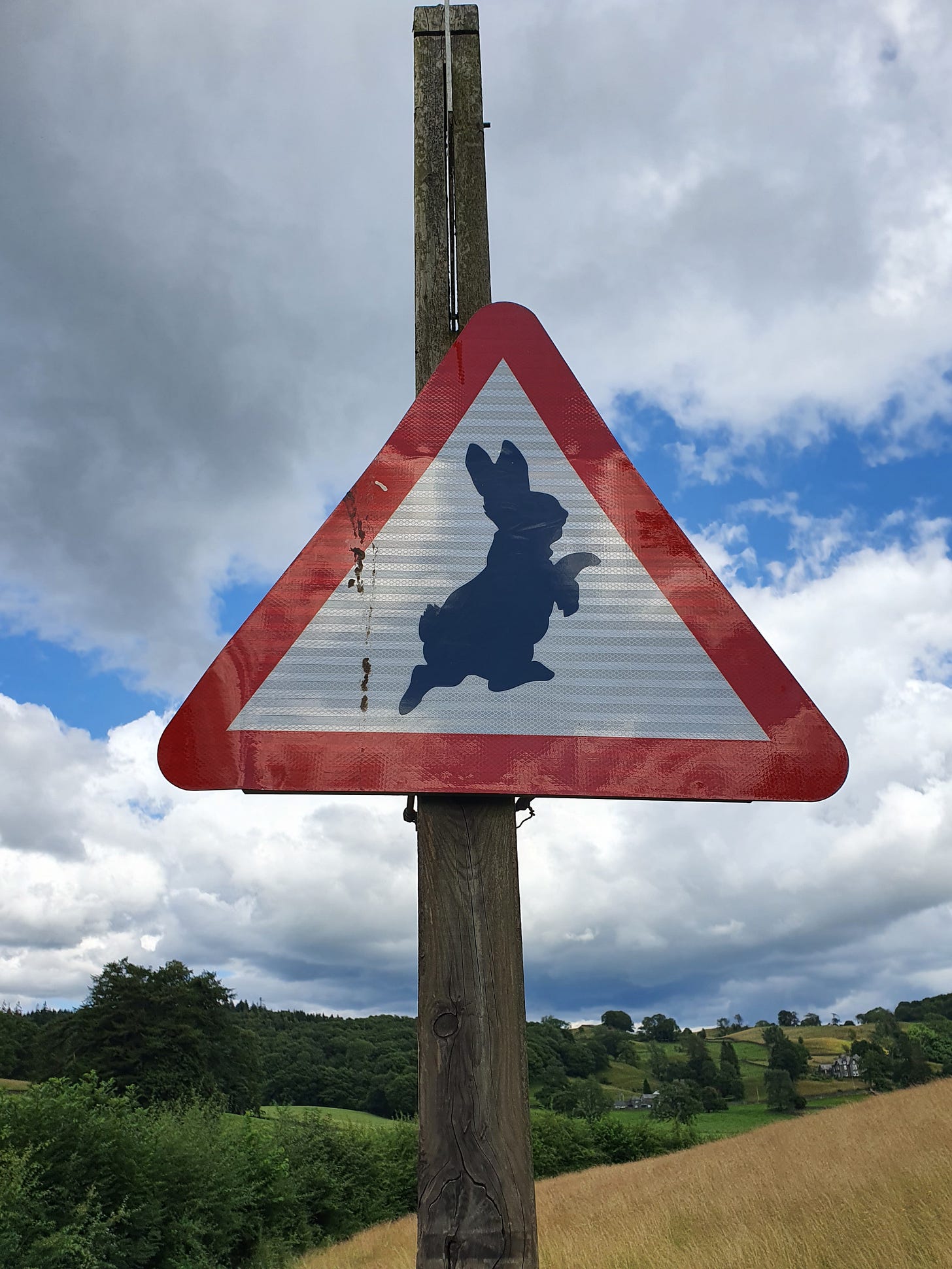
Really enjoyed reading this post, I've always found Beatrix Potter interesting. I think it started when I found out that her parents are buried in the chapel local to where I lived and there was a connection to Gorse Hall in Stalybridge, the town where my Nan lived. A fortnight ago, I also chose to name my daughter Beatrix. Hope she is a woman with gumption too. :)